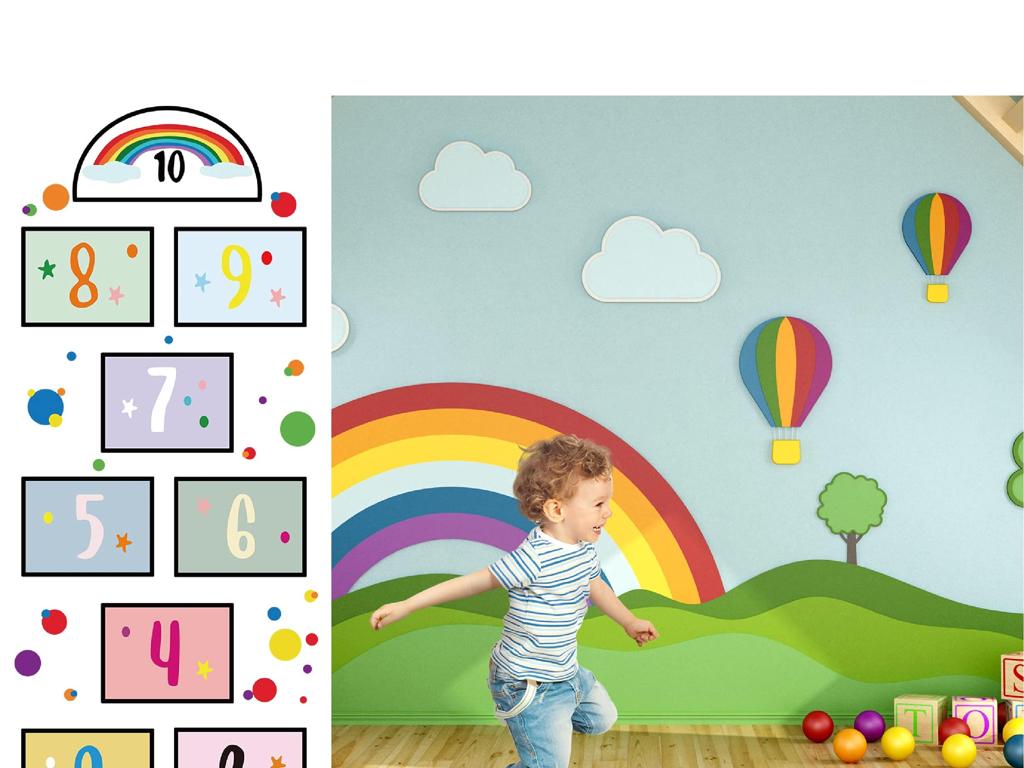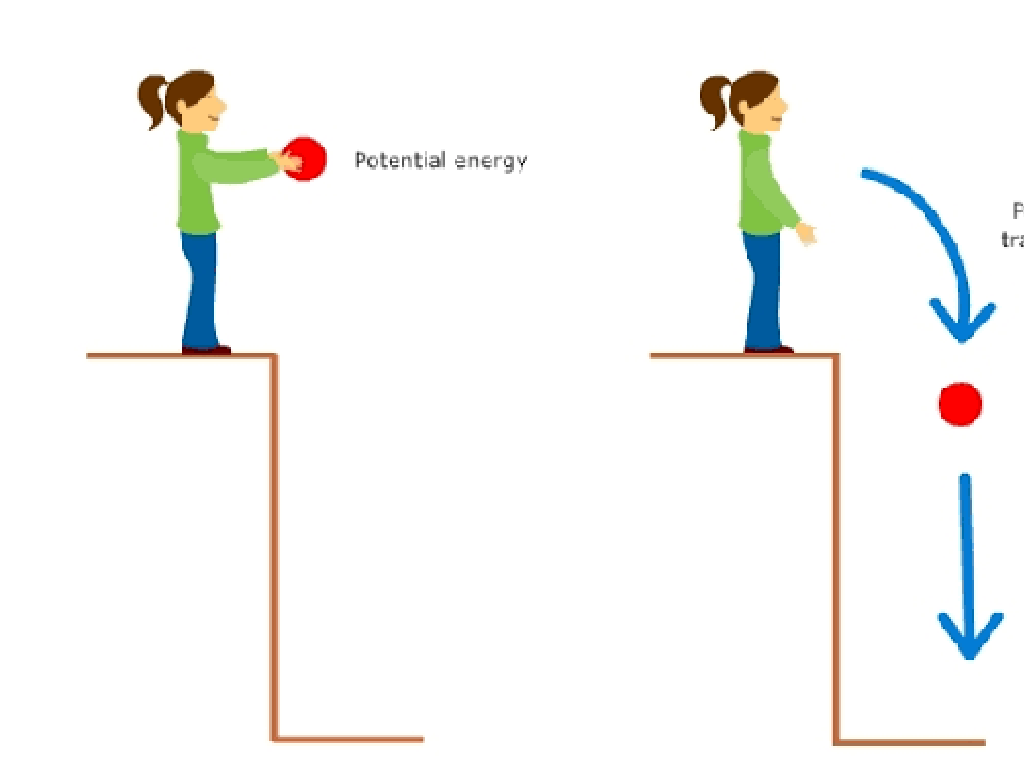Transversals Of Parallel Lines: Find Angle Measures
Subject: Math
Grade: Seventh grade
Topic: Lines And Angles
Please LOG IN to download the presentation. Access is available to registered users only.
View More Content
Transversals of Parallel Lines: Angle Relationships
– Define transversal and parallel lines
– A transversal is a line that crosses two parallel lines
– Explore angle relationships
– Corresponding, alternate interior, and alternate exterior angles
– Real-life applications of angle knowledge
– Architecture, engineering, and art use these principles
– Class activity: Find the angle measures
– Use a protractor to measure angles created by a transversal
|
This slide introduces the concept of transversals and how they interact with parallel lines to create specific angle relationships. Students should understand terms like corresponding angles, alternate interior angles, and alternate exterior angles. Emphasize the importance of this knowledge in various fields such as architecture, where angles play a crucial role in design and construction. The class activity involves students using a protractor to measure angles formed by a transversal crossing parallel lines, reinforcing their understanding through practical application. Encourage students to think critically about how angles are used in the world around them.
Exploring Parallel Lines
– Define parallel lines
– Lines in a plane that never meet, no matter how far they extend
– Parallel lines in real life
– Railroad tracks, edges of a book, lined paper
– How to identify parallel lines
– Look for lines that stay the same distance apart
– Significance of parallelism
– Parallel lines ensure structures are stable and even
|
This slide introduces the concept of parallel lines, which are lines in a plane that do not intersect at any point. Start by defining parallel lines and then show visual examples from everyday life, such as railroad tracks or the edges of a book, to help students relate to the concept. Explain how to identify parallel lines by looking for lines that remain equidistant from each other. Emphasize the importance of parallel lines in construction and design, ensuring that structures are built correctly and function as intended. Encourage students to find and share their own examples of parallel lines from their surroundings.
Introducing Transversals
– Define a Transversal
– A line crossing two or more (usually parallel) lines
– Transversal with parallel lines
– When a transversal crosses parallel lines, several angles are formed
– Naming angles with transversals
– We use terms like alternate interior, corresponding, and consecutive interior angles
– Understanding angle relationships
– Knowing these terms helps us find unknown angle measures
|
Begin by defining a transversal as a line that crosses at least two other lines. When the lines are parallel, a transversal creates several angles which are important for understanding many geometric concepts. Teach students how to name the angles formed by a transversal, using terms like alternate interior, corresponding, and consecutive interior. This will be crucial for their ability to identify and calculate angle measures in geometric problems. Use diagrams to illustrate the concept clearly and provide examples for each type of angle created by a transversal. Encourage students to practice naming angles and understanding their relationships, as this will be the foundation for solving problems involving transversals and parallel lines.
Types of Angles in Parallel Lines with a Transversal
– Understanding Corresponding Angles
– Angles in matching corners when lines are parallel
– Exploring Alternate Interior & Exterior Angles
– Angles on opposite sides but inside/outside the lines
– Consecutive Interior Angles
– Angles on the same side and inside the lines
– Applying Angle Relationships
– Use relationships to solve for unknown angles
|
This slide introduces students to the concept of angles formed when a transversal crosses parallel lines. Corresponding angles are equal and are found in the same position at each intersection. Alternate interior angles are equal and lie between the parallel lines but on opposite sides of the transversal. Alternate exterior angles, also equal, are found outside the parallel lines. Consecutive interior angles, on the same side of the transversal, add up to 180 degrees. Emphasize the importance of these angle relationships in solving problems involving parallel lines and a transversal. Provide examples for each type of angle and encourage students to practice identifying them in different diagrams.
Angle Relationships in Parallel Lines
– Understanding angle relationships
– Identifying equal angle pairs
– Corresponding, alternate interior, alternate exterior angles are equal
– Finding angles that sum to 180°
– Consecutive interior angles add up to 180°
– Applying knowledge to find measures
– Use relationships to solve for unknown angles
|
This slide introduces students to the concept of angle relationships when a transversal crosses parallel lines. Emphasize the importance of understanding how angles relate to each other, which is fundamental in geometry. Highlight specific angle pairs that are always equal, such as corresponding angles and alternate interior/exterior angles. Also, discuss angle pairs that sum up to 180 degrees, like consecutive interior angles. Provide examples and encourage students to apply these relationships to find unknown angle measures, reinforcing their problem-solving skills in geometry.
Finding Angle Measures with Parallel Lines
– Use parallel line properties
– Parallel lines have angles that are either congruent or supplementary.
– Practice Problem 1: Measure of angle x
– Given two parallel lines and a transversal, calculate x using angle relationships.
– Practice Problem 2: Angle y is 70 degrees
– If y is 70 degrees, use alternate interior, corresponding, and co-interior angle properties.
– Determine measures of other angles
– Apply angle relationships to find all unknown angles.
|
This slide is aimed at teaching students how to use the properties of parallel lines cut by a transversal to find unknown angle measures. Start by reviewing the angle relationships such as corresponding angles, alternate interior angles, and co-interior angles. For Practice Problem 1, guide students through the process of identifying the relationship x has with the given angles. In Practice Problem 2, demonstrate how to use the given 70-degree angle to find the measures of the remaining angles, emphasizing the use of angle properties. Encourage students to explain their reasoning for each step to reinforce their understanding. Provide additional practice problems for students to work on individually or in groups to solidify their skills.
Real-World Applications of Parallel Lines
– Architecture uses parallel lines
– Buildings and structures often feature parallel lines for stability and aesthetics.
– Roads and railways rely on parallels
– Parallel lines ensure safe and efficient paths for vehicles and trains.
– Angles are key in construction
– Correct angle measurement is crucial for the structural integrity of constructions.
– Design benefits from angle knowledge
– Understanding angles influences the functionality and visual appeal of designs.
|
This slide aims to show students the practical applications of understanding parallel lines and angles in the real world. In architecture, parallel lines are used to create symmetrical and stable structures. Roads and railway tracks are designed with parallel lines to provide safe and predictable routes for transportation. In construction, accurate angle measurements are vital to ensure buildings can withstand forces like gravity and weather. Designers use knowledge of angles to create spaces that are both functional and visually pleasing. Encourage students to observe these applications in their surroundings and consider how math is an integral part of everyday life.
Class Activity: Angle Hunt
– Find parallel lines and transversals
– Measure angles formed
– Use a protractor to measure angles accurately
– Calculate angle measures
– Apply angle relationships to find missing angles
– Present findings to class
|
This interactive class activity is designed to help students apply their knowledge of transversals and parallel lines in a real-world context. Students will search for examples of these lines in the classroom, such as window frames, bookshelves, or the edges of desks. They will then use protractors to measure the angles formed and calculate any unknown angles using their understanding of corresponding, alternate interior, and consecutive interior angles. Finally, students will present their findings to the class, explaining how they determined the angle measures. This activity will reinforce their learning and improve their practical measurement skills. Possible variations of the activity could include finding examples in a school hallway, on the playground, or in a textbook illustration.
Homework and Summary: Angle Measures
– Review key concepts of transversals
– Complete the angle measures worksheet
Worksheet includes various problems on finding angles with parallel lines cut by a transversal.
– Study for the upcoming quiz
Quiz will cover all topics discussed in the ‘Lines and Angles’ unit.
– Practice identifying angle relationships
Focus on corresponding, alternate interior, and alternate exterior angles.
|
This slide aims to summarize the lesson on transversals and parallel lines and to set expectations for homework and assessment. Students should revisit the key concepts discussed in class, ensuring they understand the properties of corresponding, alternate interior, and alternate exterior angles. The provided worksheet will reinforce their ability to calculate unknown angle measures. Additionally, students should begin preparing for a quiz that will assess their comprehensive understanding of the lines and angles unit. Encourage them to review their notes, complete practice problems, and reach out with any questions during the next class or office hours.





